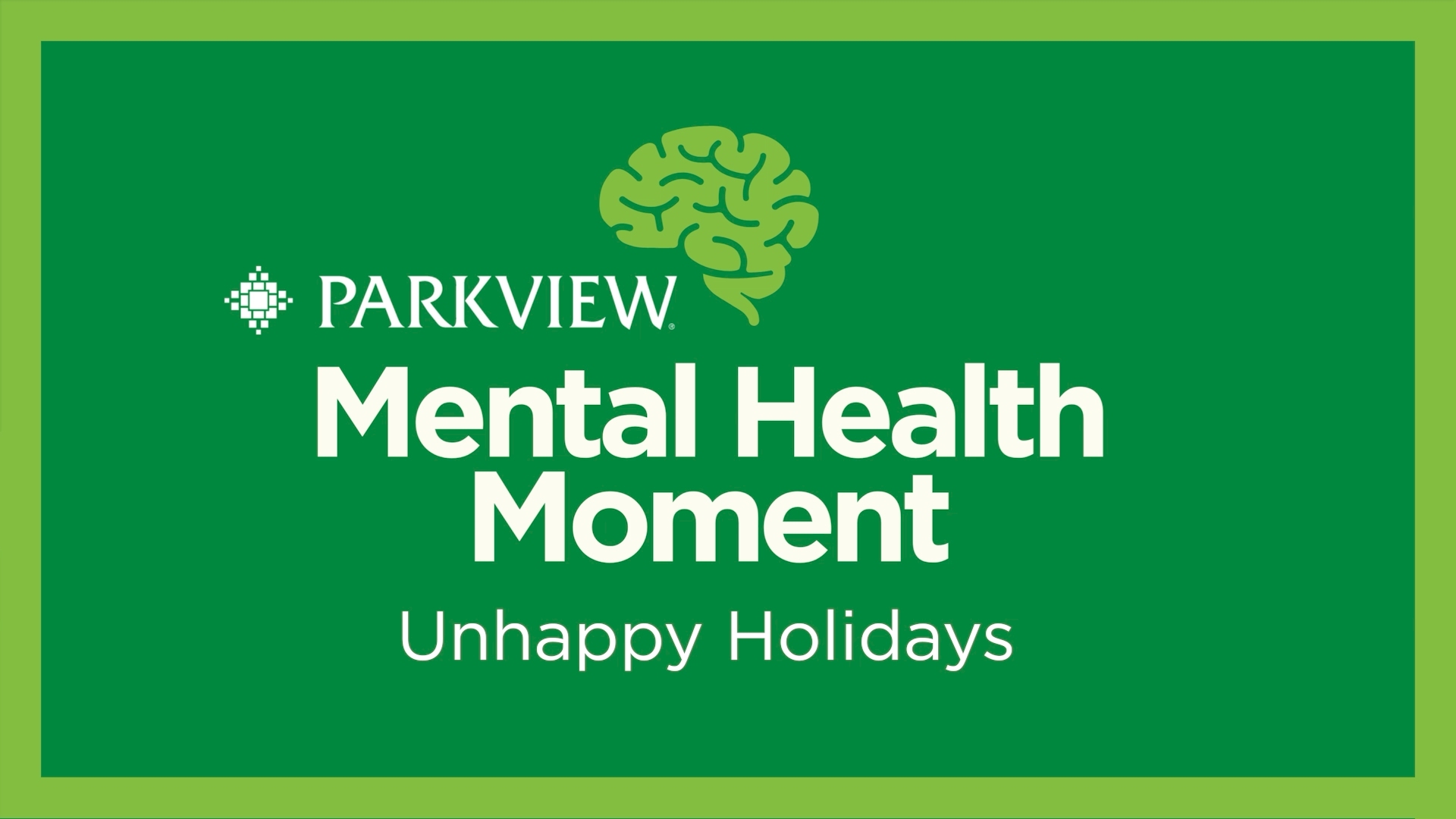.jpg)
Every day, our brain communicates with our body to keep it functioning, thriving and alive. Our brain tells our hearts to beat and our lungs to breathe, and it also gives us thoughts and feelings.
But did you know there is a connection between our thoughts (our conscious brain) and the response our body unconsciously gives? For example, our brain tells our body to produce substances including endorphins, various hormones and more. Research shows that what your body produces doesn’t just depend on your subconscious brain, but also on your thoughts, feelings and expectations. Knowing this, we can use thought reframing to help ease anxieties as well as potentially change the chemicals our brain is telling our bodies to create.
In this post, we will talk about thought reframing, how to utilize this practice and how it can help you become more aware of your mind and the ways your thoughts affect your overall health.
What is thought reframing?
With thought reframing, we take control of our mind and purposefully replace negative thoughts (which can worsen things like anxiety, depression and pain) with more helpful thoughts. Thought reframing is a skill taught in cognitive behavioral therapy (CBT), a type of counseling that focuses on changing certain thoughts and behavior patterns to control the symptoms of a condition.
How can thought reframing help you?
Thought reframing helps you become more aware of how your thoughts are connected to your feelings and behaviors. Finding unhelpful thinking patterns and shifting them can make you feel better both consciously and subconsciously — allowing you to better cope with life’s challenges. Using thought reframing may also help you manage stress and handle depression and anxiety. By changing your thoughts, you can reduce the amount of stress hormones and chemicals that your body is producing.
This is especially important if you’re sick. With thought reframing, you can boost your body’s healing power by simply believing that you’ll get better — signaling to your brain to produce chemicals to aid in the healing process. Negative thoughts and emotions can keep your brain from producing some of the chemicals that help your body heal. But this doesn't mean you should blame yourself for getting sick or feeling down about a health problem. Some illnesses are beyond your control. However, it’s important to know that your thoughts and state of mind are resources you can use to get better.
How to practice thought reframing
Here's how to get started with reframing unhelpful thoughts in your everyday life.
1. Notice the thought
Pay attention to thoughts that are discouraging. For example, let’s say your boss praised several things about your work during a job review, but you're feeling down because she had one small criticism. You might think, "I'm no good at my job" or "My boss doesn't like me.” These thoughts can pop up sometimes before you can stop them. Learning to recognize these thoughts can help you shift them to something more helpful.
2. Question the thought
Look at that thought, without judging it, and ask yourself whether it is helpful or true. Ask yourself questions about the situation and your thoughts. You might ask, "What did my boss say exactly?" "Were there positive comments?" "Why do I focus only on one criticism?" Your answers can help you find more accurate and helpful ways to think about the situation.
3. Replace the unhelpful thought with a more helpful one
Here's where you can challenge yourself to identify something that is true but more helpful. For example, you might think, "I've done a lot of good work this year, and my boss noticed it. She thought there was one area I can improve. So, I'll think of some things I can do to get stronger in that area." Now, that unhelpful thought has been turned into something productive and positive.
Here are some additional examples of negative thoughts and how they could be replaced with more helpful thoughts.
Example 1
- Original thought:?"I'm sad that I don't have many friends. People must not like me."
- Replacement thought:?"I have some friends, so I know I can make more. It might just take some time."
Example 2
- Original thought:?"I should get married before I'm 30. If I don't, I'll probably end up alone."
- Replacement thought:?"There's no guarantee that I'll meet the right person by the time I'm 30. If I don't get married by then, I still have time to find a good relationship."
Changing your thought patterns may not be easy. But our minds can be trained to be stronger and healthier — just like a muscle. With time and practice, you'll get better at noticing unhelpful thoughts and choosing healthier thoughts, instead. In doing this, you’ll be making conscious steps to improve your unconscious brain chemistry and hopefully reduce anxieties, worries and illnesses.
Copyrighted material adapted with permission from Healthwise, Incorporated. This information does not replace the advice of a doctor.



